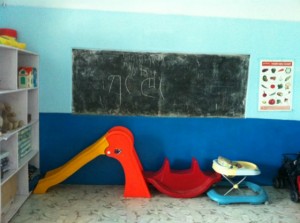TRAS Partners with UBC Economics Students!
From January to April of 2011, TRAS participated in the Community Service Learning Program at UBC (http://csl.ubc.ca). TRAS was partnered with a 3rd-year Economics course on Poverty and Inequality taught by Dr. Catherine Douglas. Dr. Douglas’s goal was for her students to develop a deeper understanding of what poverty means to people in developing countries by volunteering with and for an organization here in Vancouver that assists those in such circumstances.
In early January, TRAS President Jennifer Hales gave a presentation on TRAS to Dr. Douglas’s class. 18 of her students chose TRAS as the community organization for which they wanted to do a volunteer project. Working in four groups, they:
- made two short videos about TRAS
- researched and wrote about the economic, political and social context of project sites in the Himalayas
- researched major foundations as potential sources of funding, and
- helped with TRAS’s 5th Nepali Film Festival
And now that the course is over, some of the students are continuing to volunteer for TRAS! They helped us with our AGM and transcribed interviews for another TRAS film, and will be sending out email “e-blasts” in the coming months for us. We are thrilled to have their continued help and involvement.
A huge thank you to UBC Community Service Learning, Dr. Douglas, and, especially, to the following students of Economics 317 (Spring 2011) for their contributions to TRAS:
Alex Baranovschi, David Basche, Phil Chou, Thomas Heister, Jessica Jiang, Stephen Kane, Grace Kim, Lauren Kong, Dorothy Lee, Kailey Metcalfe, Arezoo Payvar, Steve Shields, Diondi Tan, Gina Tan, George Ting, Edbert Wee, Gloria Wong, and Si Xin (Ada) Zeng
It has been a pleasure and honour to work with such enthusiastic, talented and committed young people.
The videos produced by 6 of the students can be viewed below:
In the fall of 2011, TRAS will renew its partnership with Dr. Douglas and begin working with a new group of students!









